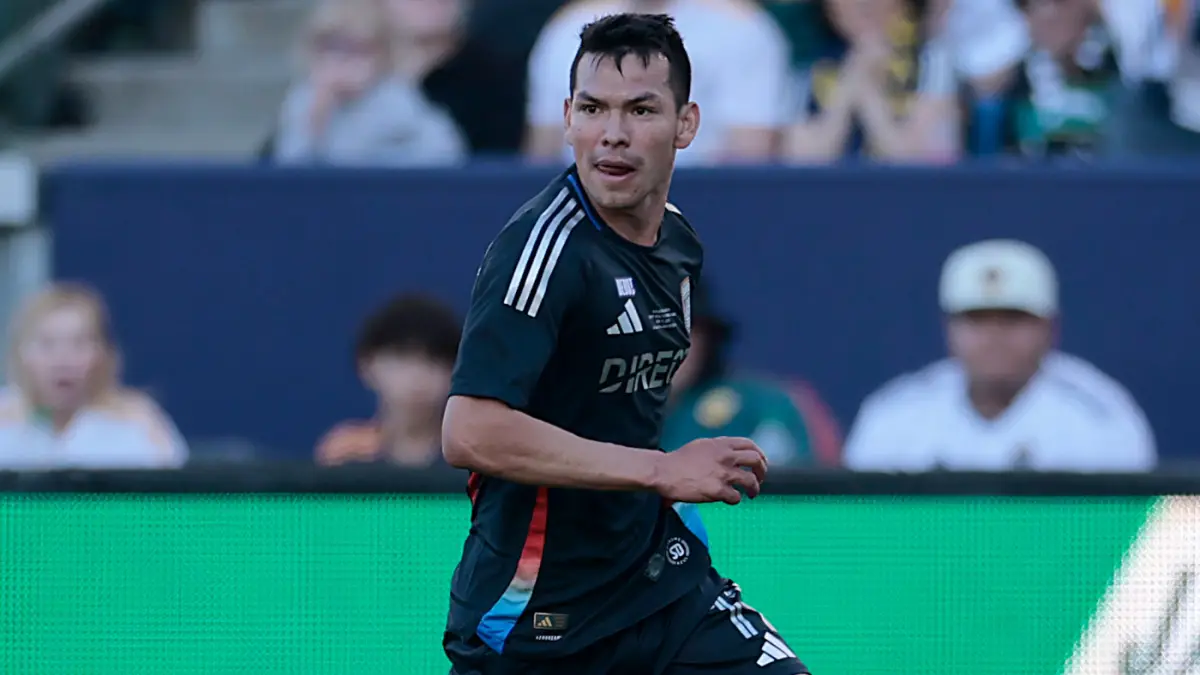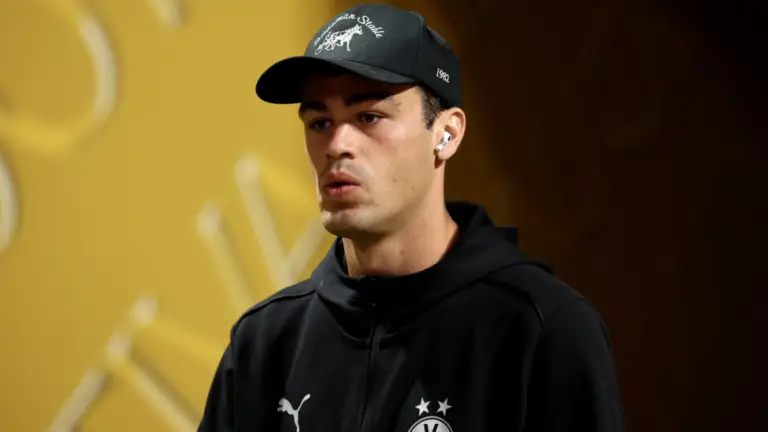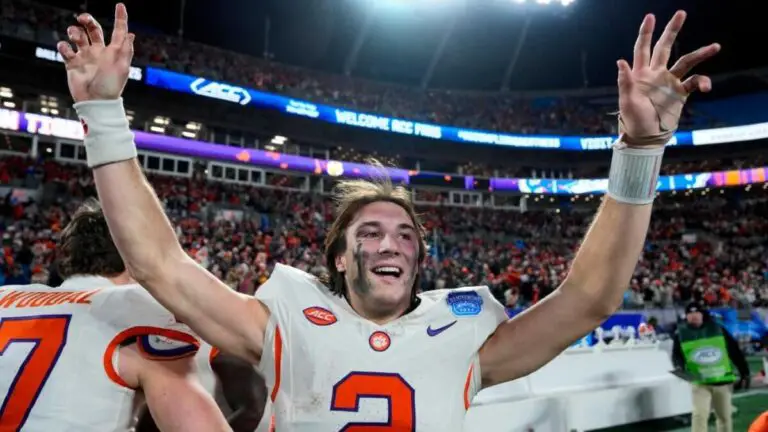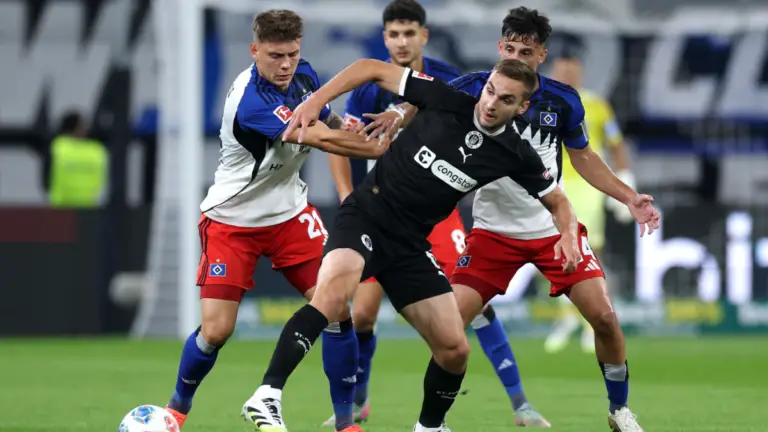

MLS at 30: How changes to Major League Soccer are paving the way for more stars, and more youth development
MLS at 30: How changes to Major League Soccer are paving the way for more stars, and more youth development

Over the years, Major League Soccer has been defined by development age. Now in the 30th season, those MLS periods are now coming faster and with larger steps in between. San Diego FC Announced Themselves To The League On Opening Weekend The Reigning Champions In The Los Angeles Galaxy Behind Strong Performances by Hirving Lozano and Anders Dreyer, Big Name Forwards Kevin Denkey With Showed Bothinnati and Emmanuel Latte Latte Latte Latte Latte Bothinninnati and Emmanuel Latte Bothinninnati And Emmanuel Latte Bothinninnati and Emmanuel Latte Bothinninnati And Emmanuel Latte Lathe Latte Bothinnanuel and Emmanuel Latte Latte Bothedauel and Emmanuela Their Fees While Evander, also in Cincinnati and Luciano Acosta, No Longer in Cincinnati and now in Dallas, both debut their competition debut for their new teams.
Rising with expenses, stars that moved abroad were replaced – and The same stars also succeed abroadWhat improves the reputation of the competition comes to MLS that is rarely associated with American football. Although enough has to be done for the competition to take advantage of thisThings also move in the right direction. During the winter transfer window, MLS was the fourth spending competition in the world according to Transfermarkt, behind only the Premier League, Brazilian Serie A and Italian Serie A.
That should be taken with a grain of salt because MLS and Brazil are in their outdoor season in the winter instead of the mid -season, such as other competitions around the world, but it is still an important step in spending. Because this all comes together, it is a sign that MLS 4.0 could be on the horizon or possibly already here.
What are MLS’s eras?
MLS 1.0 is easy to identify because it was defined by the founded competition and playing the game. After the success of the 1994 World Cup, DC United and the San Jose Clash played the very first competition of the competition on April 6, 1996. Although a lot of shuffling of teams and their locations has since been shaken, an MLS team has not been folded anymore since Chivas USA in 2014 in 2014 in 2014.
The transition to 2.0 was Stark with the arrival of David Beckham at De La Galaxy in 2007 and the designated player rule that arose. That was something that brought MLS to new heights and a new standard suggested which types of worldwide superstars could attract the competition and eventually also led to Beckham’s ownership interest in Inter Miami.
For MLS 3.0, things are more clumsy, because you can claim that the competition is still inside or perhaps not even that era has arrived. But with expansion teams such as Atlanta United, Los Angeles FC and FC Cincinnati who push the boundaries of what was possible in the competition, others had to adapt to keep up or eventually be left behind. This competition -wide arms race also helped to clear the way for the arrival of Lionel Messi to push MLS into the stratosphere. Now, with that continuous and loosening of competition rules, there is something new every day that shows what is possible.
Simplified transactions keep talent in the competition
In competitions around the world, the methods for acquiring players are easy to follow. Or you’re talking about compensation with a team and sign a player or add them as a free agent when their contract goes, but that has not been the case in MLS. The competition not only has the American mechanism for acting players and limited free agency, but between targeted allocation money, general allocation money and various schedules, it can be a difficult time to break down what what means. Although everything comes down to a form of money to keep a team under the salary limit, none of the selection mechanisms can adequately allow a team to lose a real star.
Previously designated players should leave the competition and re -introduce it, but Now the system offers a different route to keep top talent within MLS And has already picked up steam. Luciano Acosta, Evander and Jack McMlynn have all moved teams in the low season for reimbursements for millions of dollars and it shows no sign of delay.
According to Christina Labrie, MLS Senior Vice President of Player Relations, the new system made a number of much needed changes.
“I think you can see from all the transactions that happened in a very short period, there was a need for this and the desire to take advantage of this type of structure.
“This had been in the making for a long time. We have been talking about this for a long time and I think this makes it clear that this is now part of our day to day. It is another way for a player to go from one club to another without MLS having to leave.
Although Labrie does not exclude this that this became the norm for MLS transactions, it is important that teams use it and demonstrate that there is a need for the mechanism. Add this with things such as the U22 initiative, which makes more spending on younger players possible without absorbing the full cap -hit and the flexibility to build a selection.
“The [U22 initiative] Is a great way for a club that they want to continue to develop. Now that the homegrown player can have a U22 contract and make an important contribution to the team, “said Labrie.” You can tell a player like Diego Luna who was special as an academic player, but he had to evolve, and he had to develop into the player he is today. Various clubs will use these mechanisms differently and that is what I think that leads to a truly effective and truly compelling schedule construction. “
If a team chooses the designated player model, they can use three designated player splots and a maximum of three U22 initiative slots, but if a team chooses the U22 initiative model, they can use a maximum of two designated player slots, a maximum of four U22 slots and then receive an extra two million dollars that can be used. As long as a team can pay the game to switch between the two, they are also not locked up on one or the other path.
There is never a one-size-fits-all-all solution, and that is something that smart expenditure teams have to use to find a lead, but if MLS starts pushing European competitions, it is one of the greatest ways to compete one of the greatest ways to do this. And these expenditures not only take place on the senior grid.
Increased youth investment
Although MLS wanted to attract top talent, it is also crucial to cherish young talent to be a successful competition. There is not enough money to go around to buy lace -and -ready products and that is where development is needed. Now that the fourth year starts, you can see the impact of MLS Next Pro in that development cycle. During the recent January camp under Mauricio Pochettino, Patrick Agyemang and Max Arfsten were the next Pro -Alumni who earned their first caps with the USMNT, while Paxten Aaronson, Nathan Harriel, Jack Mcglynn, Patrick Schulte and Benjamin Cremaschi were all involved in the Paris Olympic.
But it is not the next Pros task to make players for the USMNT, that is just a by -product of those who are doing well with their teams, where players seamlessly make the leap of winning the next Pro Championship right to compete for trophies for their clubs in MLS. It doesn’t stop there. If it is not for a competition like Next Pro, one of the most popular prospects of American Soccer in Cavan Sullivan may still not be at the Philadelphia Union. Together with his family, Sullivan made the decision that it would be better to stay with the Philadelphia Union instead of moving abroad before he is expected to come to Manchester City at the age of 18. Sullivan took a game -winning assist in his pro -debut in the next pro and became also The youngest player ever appears in an MLS match After 14 years, 293 days old when they are confronted with the Revolution of New England.
“A player like Cavan Sullivan who is a high potential or perhaps a higher potential than every player who comes from abroad in the competition, he is perhaps one of the highest potential players in the worldwide game according to some experts,” said MLS next pro -president and MLS EVP Charles Altchek.
“He with his family and his advisers made a conscious decision to stay with the Philadelphia Union and make MLS his League of Choice and had a real productive year last year and played most of his minutes in MLS Next Pro. He progressed and had a positive year that the MLS Next Pro Cup had made.”
Sullivan is just an example of many who come in MLS Next Pro and play heads, because teams like Charlotte FC use the competition in a unique way to get talented youth players who are used to American football before they switch to the senior schedule. With MLS who is under a salary limit, that can also help players to adjust without touching the cap a net positive for a team. That path between Next Pro and MLS is well worn for Charlotte by design.
“What you see with teams like [Charlotte FC’s MLS Next Pro side] Crown Legacy is that they invest meaningful transfer costs in players from different parts of Europe or other parts of the world that have arrived and really had an impact, “said Altchek.” And the reason that it has been so effective is because they are able to come in and have an impact immediately and a meaningful minute play at a high level competition in the following weekend in the following Pro teams, have many of the next Pro week in the following Pro teams.
Coaches such as CF Montreal’s Laurent Courtois and FC Dallas’ Eric Quill have also spent their time in Next Pro and shows that this path is not only for players.
What is the following?
All eyes are perhaps at the World Cup that will be coming to the United States Canada and Mexico in 2026, but this summer Inter Miami and the Seattle Sounders can wear the MLS banner at the World Cup club, a chance for the competition to measure itself against top sides around the world. Depending on how those teams do that, there can be an increase in attention around the competition with excitement that can transport in 2026.
There is also the growing talk about a possible shift to a European calendar. With attracting more talent, there is growing pressure for MLS to stop playing during international breaks by observing the FIFA calendar. With such changes on the horizon and important opportunities to see where the competition is, this is a moment that can be reflected as a real turning point in a few years.
Because it is only 30, MLS has taken a long way since its foundation, but that does not mean that it is almost ready to achieve the full potential that it is possible.



